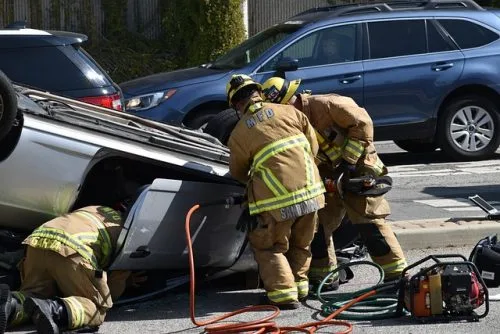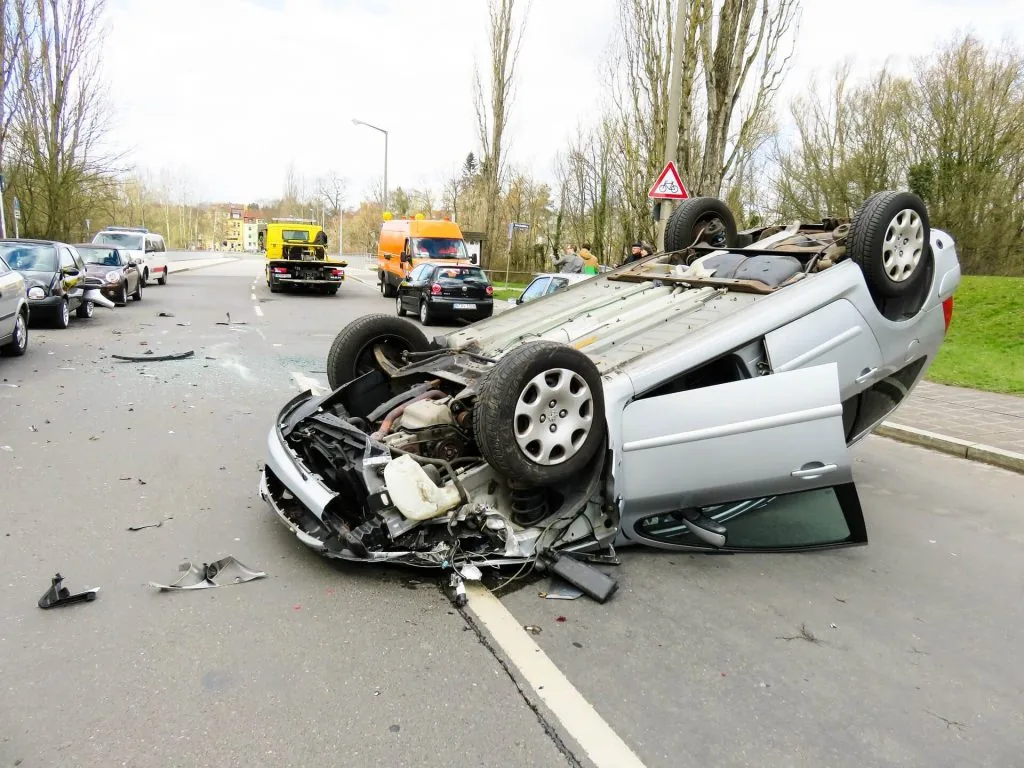
Oakhurst Injury Crash Blocks State Route 41
An Oakhurst injury crash caused significant disruption on the northbound lanes of State Route 41 near Road 222.


An Oakhurst injury crash caused significant disruption on the northbound lanes of State Route 41 near Road 222.

Brainstem Infarct Following a Car Accident The Centers for Disease Control and Prevention (CDC) recently published statistics regarding strokes, such as a brainstem infarct. A…

Speech Difficulties Following an Auto Accident Recent statistics published by the website, Brain and Spinal Cord on traumatic brain injuries (TBI) show that these injuries have…

CHP Awarded Federal Grant In late October of this year, the California Highway Patrol (CHP) was awarded a federal grant for improvement of pedestrian and…

Head Injuries and Brain Trauma As a Sacramento Brain Injury Attorney, I have represented a great many clients over the years who have suffered horrible…

Many auto and motorcycle accidents result in whiplash injuries. Many also unfortunately involve a brain injury. Perhaps not so coincidentally, there are many similarities between whiplash…

Concussions and closed head injuries, also known as traumatic brain injuries, are common injuries following an auto or motorcycle accident. I have represented many clients over the years…

The data accumulated by the U.S. National Highway Traffic Safety Administration (NHTSA) indicates that drowsy drivers are just as dangerous as drivers who are drunk…

Aggressive driving has become an all-too-common and dangerous problem on California highways. The National Highway Traffic Safety Administration (NHTSA) has named aggressive driving as a…

Young drivers are involved in more collisions than more experienced drivers, and that is reflected in their insurance rates. Safe driving involves good judgment. Risk…

What does a multidisciplinary approach to chronic pain mean? This is when health care professionals from multiple fields address the needs of the patient…

Whiplash Tinnitus Tinnitus is the medical word to describe ringing or buzzing noises in the ear. Medically speaking tinnitus is a diagnosis but is not…

Many employees drive company vehicles either to and from work or for specific company related tasks. Wrongful death claims can be brought against a driver’s…

Jeep Grand Cherokee SUVs have been having some TIPM problems lately. The TIPM is the Totally Integrated Power Module. The most notable issue with the…

A JAMA study published in January concluded that people who have sustained traumatic brain injuries (TBI) were more likely to experience a premature death, which…

Post-traumatic arthritis is a form of osteoarthritis ( wearing away of cartilage in the joint) that is caused or aggravated by trauma. It is estimated…